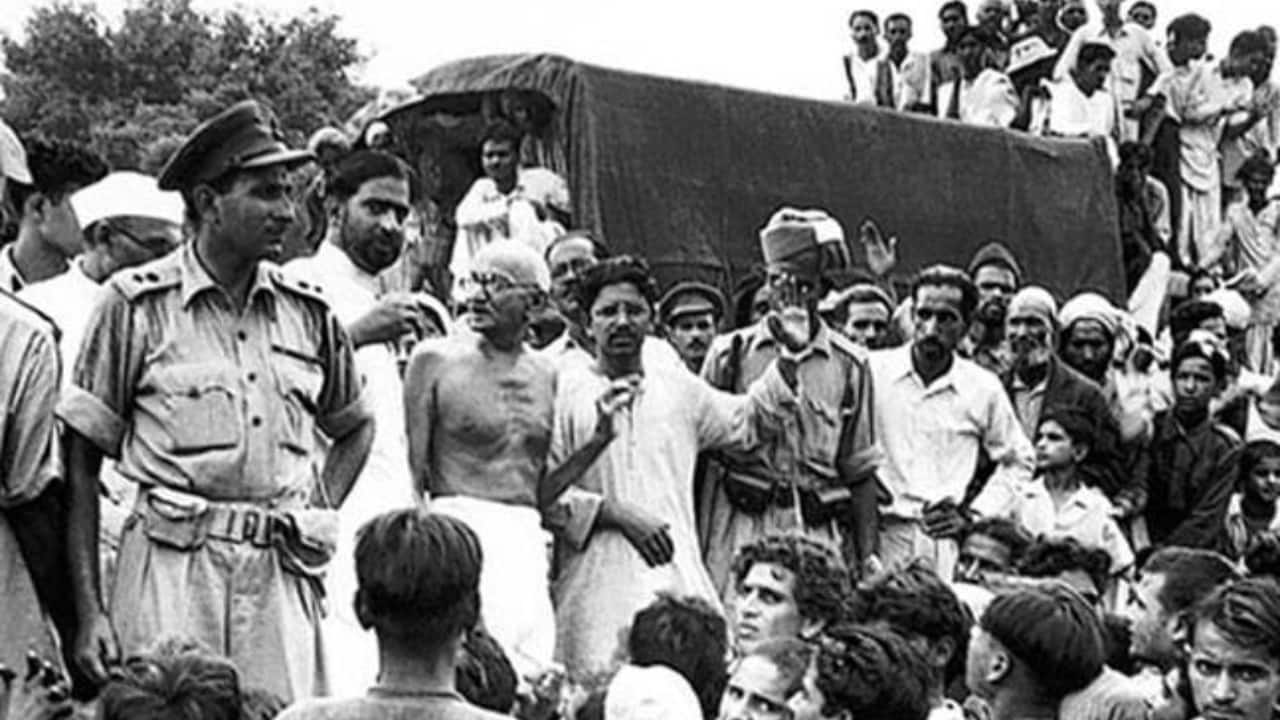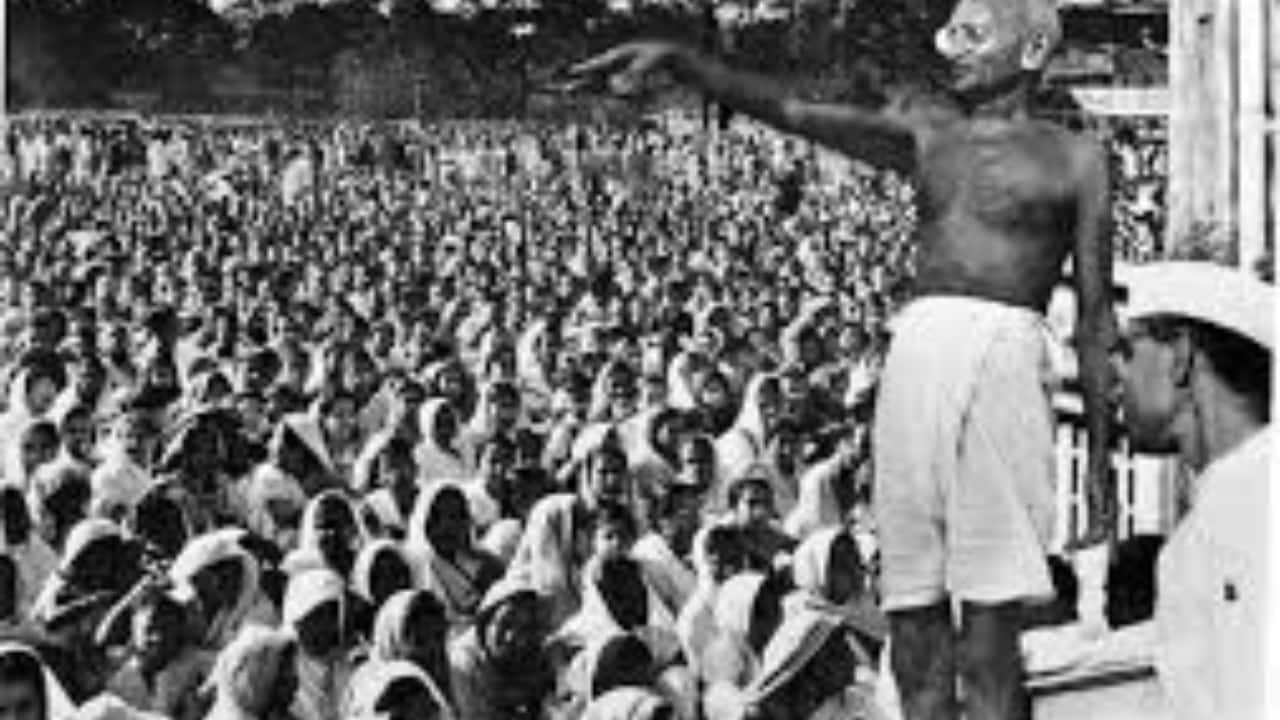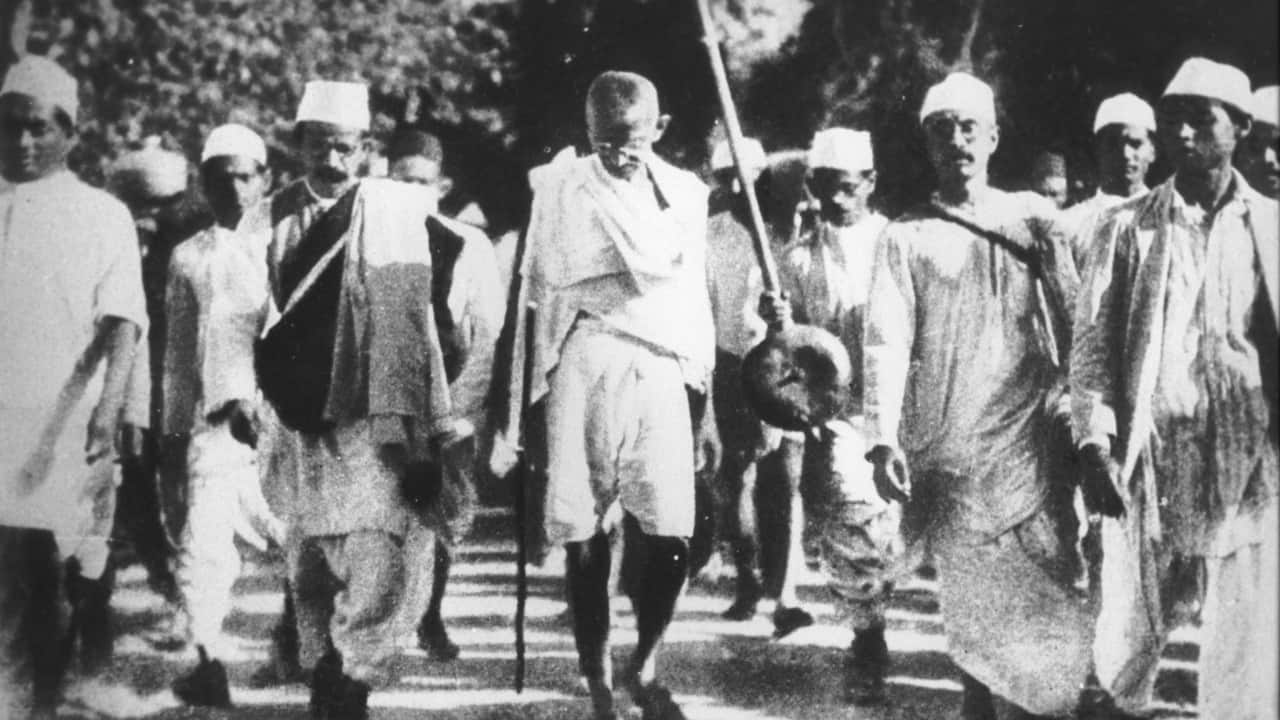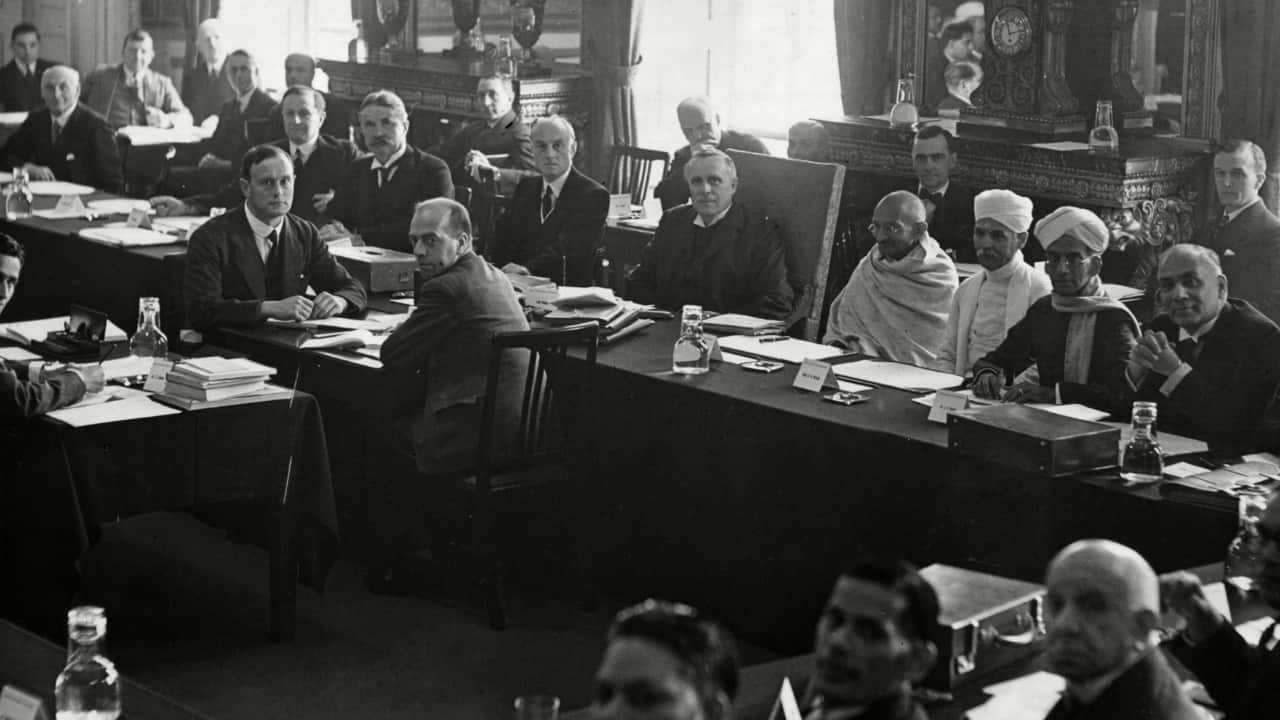From Champaran Satyagraha to Quit India: Key Freedom Movements by Mahatma Gandhi
On Gandhi Jayanti 2025, revisit Mahatma Gandhi’s greatest freedom struggles. From Champaran Satyagraha to Quit India, here are 10 key movements that shaped India’s fight for independence.
1/10

On October 2, Gandhi Jayanti reminds us of Mahatma Gandhi’s ideals of truth, peace, and non-violence. As India celebrates his 156th birth anniversary in 2025, here’s a look at 10 major movements led by Bapu that changed the course of India’s freedom struggle.
2/10

Champaran Satyagraha (1917)
Gandhi’s first satyagraha in India took place in Champaran, Bihar. Farmers were forced to grow indigo under exploitative conditions. Gandhi mobilised peasants through peaceful protest and legal support, compelling the British to roll back unfair practices and marking his arrival as a national leader.
Gandhi’s first satyagraha in India took place in Champaran, Bihar. Farmers were forced to grow indigo under exploitative conditions. Gandhi mobilised peasants through peaceful protest and legal support, compelling the British to roll back unfair practices and marking his arrival as a national leader.
3/10

Kheda Satyagraha (1918)
A famine devastated crops in Kheda, Gujarat, yet peasants were burdened with heavy land taxes. Gandhi supported farmers in refusing payment until their demand for relief was met. The campaign strengthened his bond with rural India and established satyagraha as a potent weapon.
A famine devastated crops in Kheda, Gujarat, yet peasants were burdened with heavy land taxes. Gandhi supported farmers in refusing payment until their demand for relief was met. The campaign strengthened his bond with rural India and established satyagraha as a potent weapon.
4/10

Ahmedabad Mill Workers’ Strike (1918)
When textile workers in Ahmedabad demanded fair wages, Gandhi led them in a disciplined hunger strike and peaceful protest. His role as mediator ensured a settlement in favour of workers. This movement highlighted his commitment to labour rights and non-violent negotiation.
When textile workers in Ahmedabad demanded fair wages, Gandhi led them in a disciplined hunger strike and peaceful protest. His role as mediator ensured a settlement in favour of workers. This movement highlighted his commitment to labour rights and non-violent negotiation.
5/10

Khilafat Movement (1919–1924)
Though centred on preserving the Ottoman Caliphate, Gandhi’s support turned it into a national cause. It was his attempt to unite Hindus and Muslims under a common struggle against British imperialism, strengthening communal solidarity during the freedom fight.
Though centred on preserving the Ottoman Caliphate, Gandhi’s support turned it into a national cause. It was his attempt to unite Hindus and Muslims under a common struggle against British imperialism, strengthening communal solidarity during the freedom fight.
6/10

Non-Cooperation Movement (1920–1922)
Gandhi’s first nationwide mass movement urged Indians to boycott British schools, courts, elections, goods, and titles. People embraced khadi, swadeshi, and self-reliance. Though later suspended after the Chauri Chaura incident, it transformed India’s freedom struggle into a people’s movement.
Gandhi’s first nationwide mass movement urged Indians to boycott British schools, courts, elections, goods, and titles. People embraced khadi, swadeshi, and self-reliance. Though later suspended after the Chauri Chaura incident, it transformed India’s freedom struggle into a people’s movement.
7/10

Salt Satyagraha/Dandi March (1930)
In a symbolic protest against the British salt tax, Gandhi walked 240 miles from Sabarmati Ashram to Dandi, where he made salt from seawater. This simple act triggered mass civil disobedience across India and caught the world’s attention, inspiring global non-violent movements.
In a symbolic protest against the British salt tax, Gandhi walked 240 miles from Sabarmati Ashram to Dandi, where he made salt from seawater. This simple act triggered mass civil disobedience across India and caught the world’s attention, inspiring global non-violent movements.
8/10

Civil Disobedience Movement (1930–1934)
Growing out of the Salt March, Gandhi called for nationwide defiance of unjust colonial laws—non-payment of taxes, boycotting foreign goods, and rejecting liquor. Millions participated, and though it faced repression, it remained one of the strongest challenges to British authority.
Growing out of the Salt March, Gandhi called for nationwide defiance of unjust colonial laws—non-payment of taxes, boycotting foreign goods, and rejecting liquor. Millions participated, and though it faced repression, it remained one of the strongest challenges to British authority.
9/10

Round Table Conferences (1930–1932)
As India’s representative in London, Gandhi negotiated constitutional reforms and pressed for self-rule. Although the talks ended without significant gains, they showed his ability to combine street-level agitation with international diplomacy.
As India’s representative in London, Gandhi negotiated constitutional reforms and pressed for self-rule. Although the talks ended without significant gains, they showed his ability to combine street-level agitation with international diplomacy.
10/10

Quit India Movement (1942)
Gandhi’s most powerful call came during World War II with the slogan “Do or Die.” He demanded an immediate end to British rule. The movement sparked mass protests, strikes, and uprisings across India. Though brutally suppressed, it made British departure inevitable.
Gandhi’s most powerful call came during World War II with the slogan “Do or Die.” He demanded an immediate end to British rule. The movement sparked mass protests, strikes, and uprisings across India. Though brutally suppressed, it made British departure inevitable.
Discover the latest Business News, Budget 2025 News, Sensex, and Nifty updates. Obtain Personal Finance insights, tax queries, and expert opinions on Moneycontrol or download the Moneycontrol App to stay updated!






